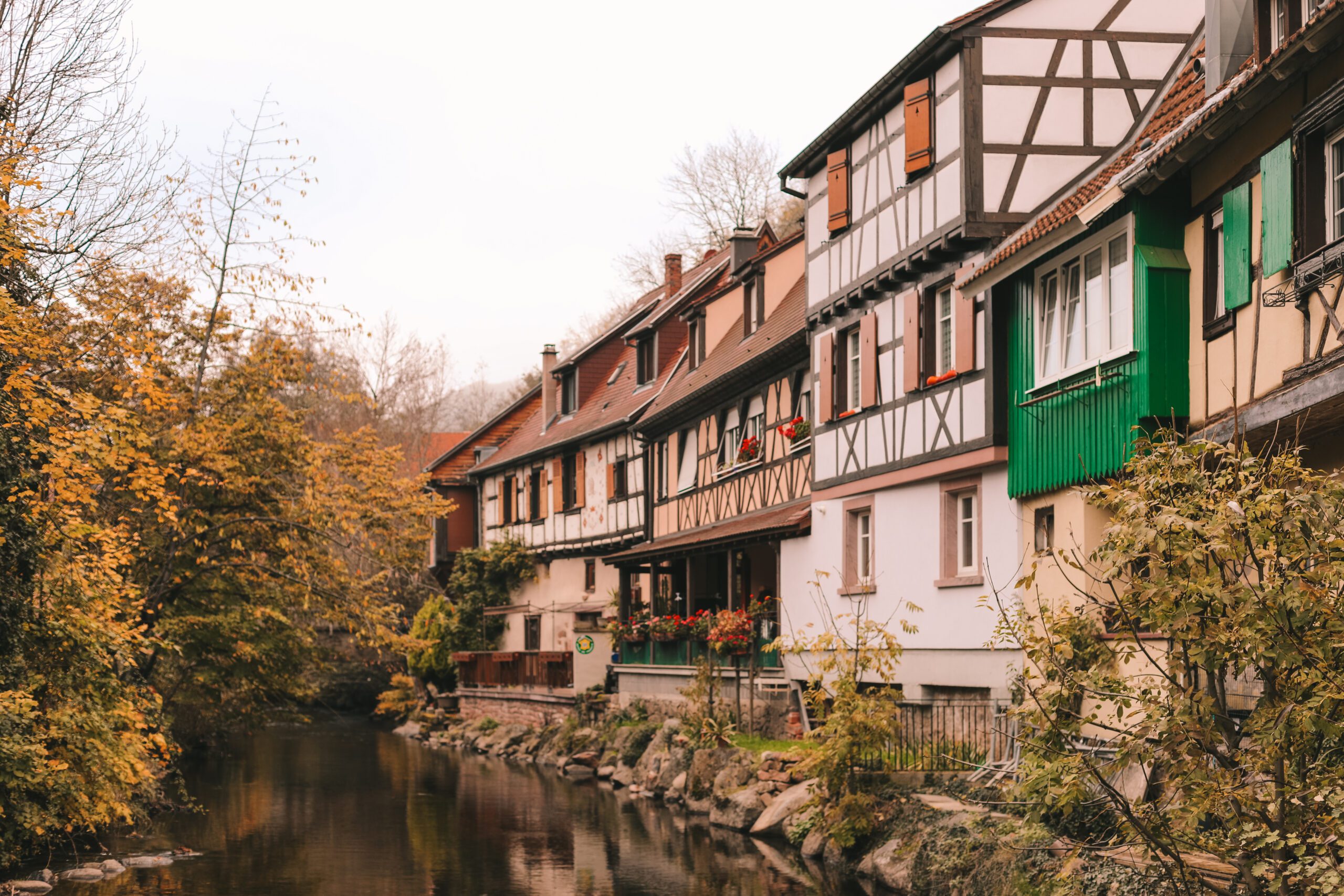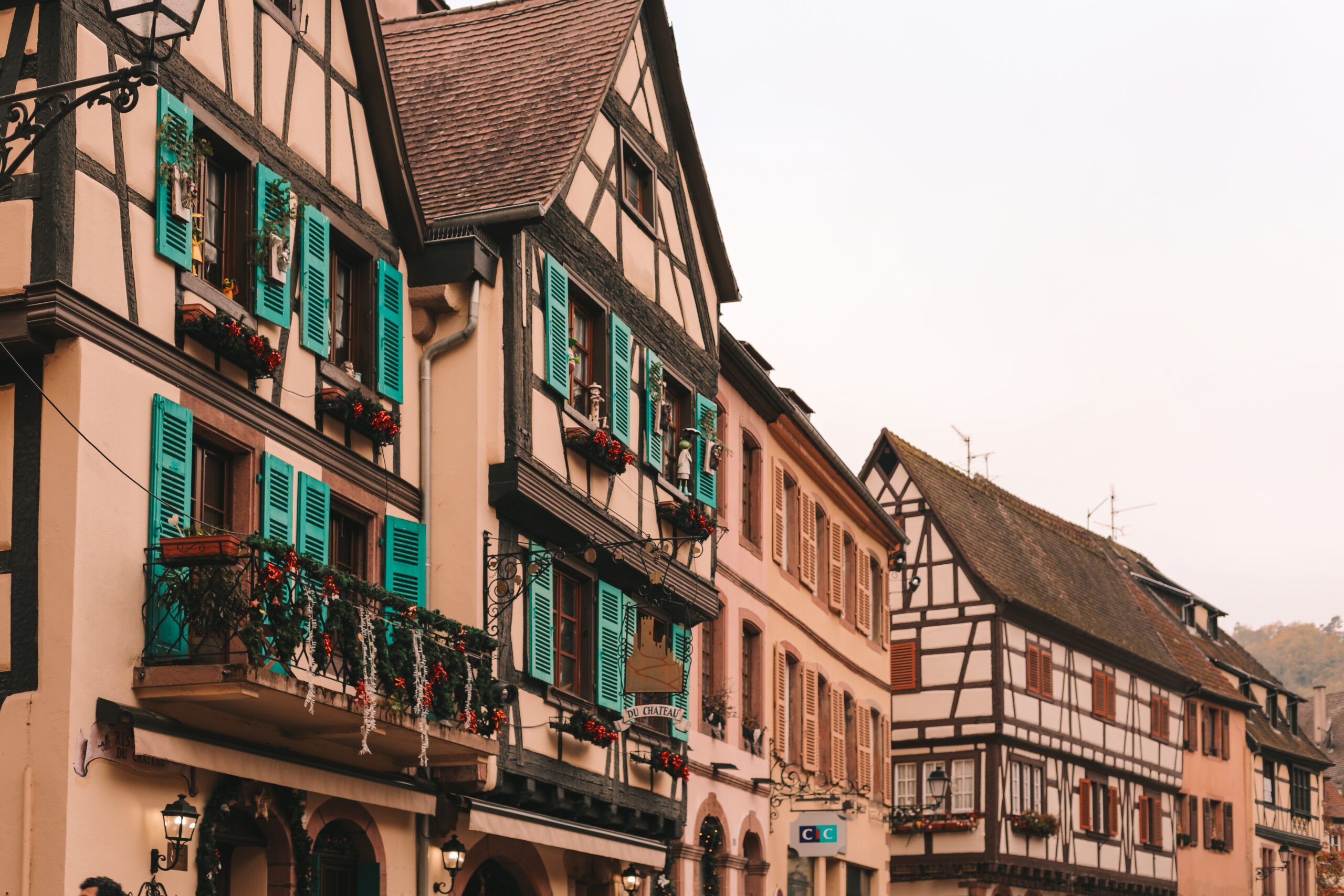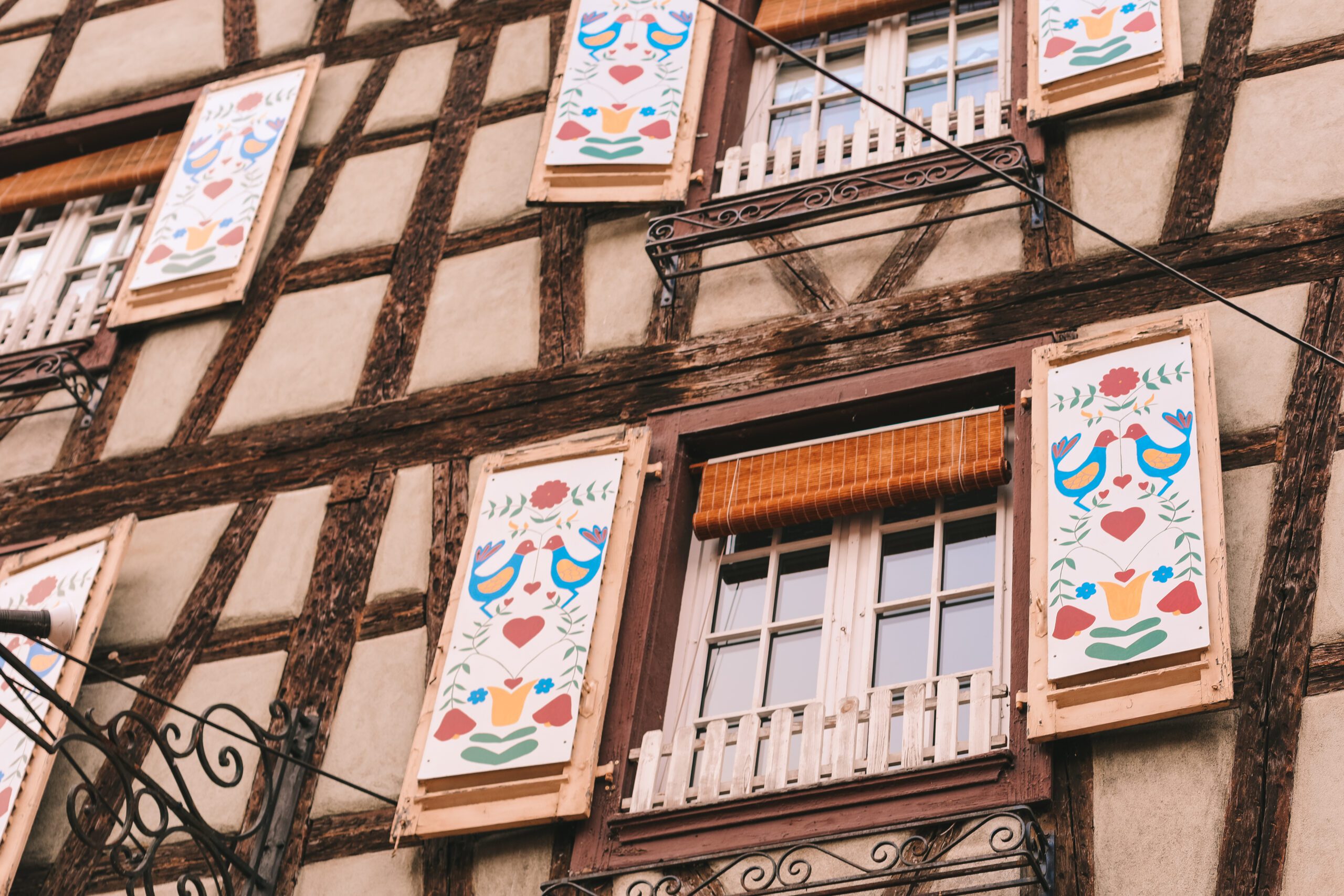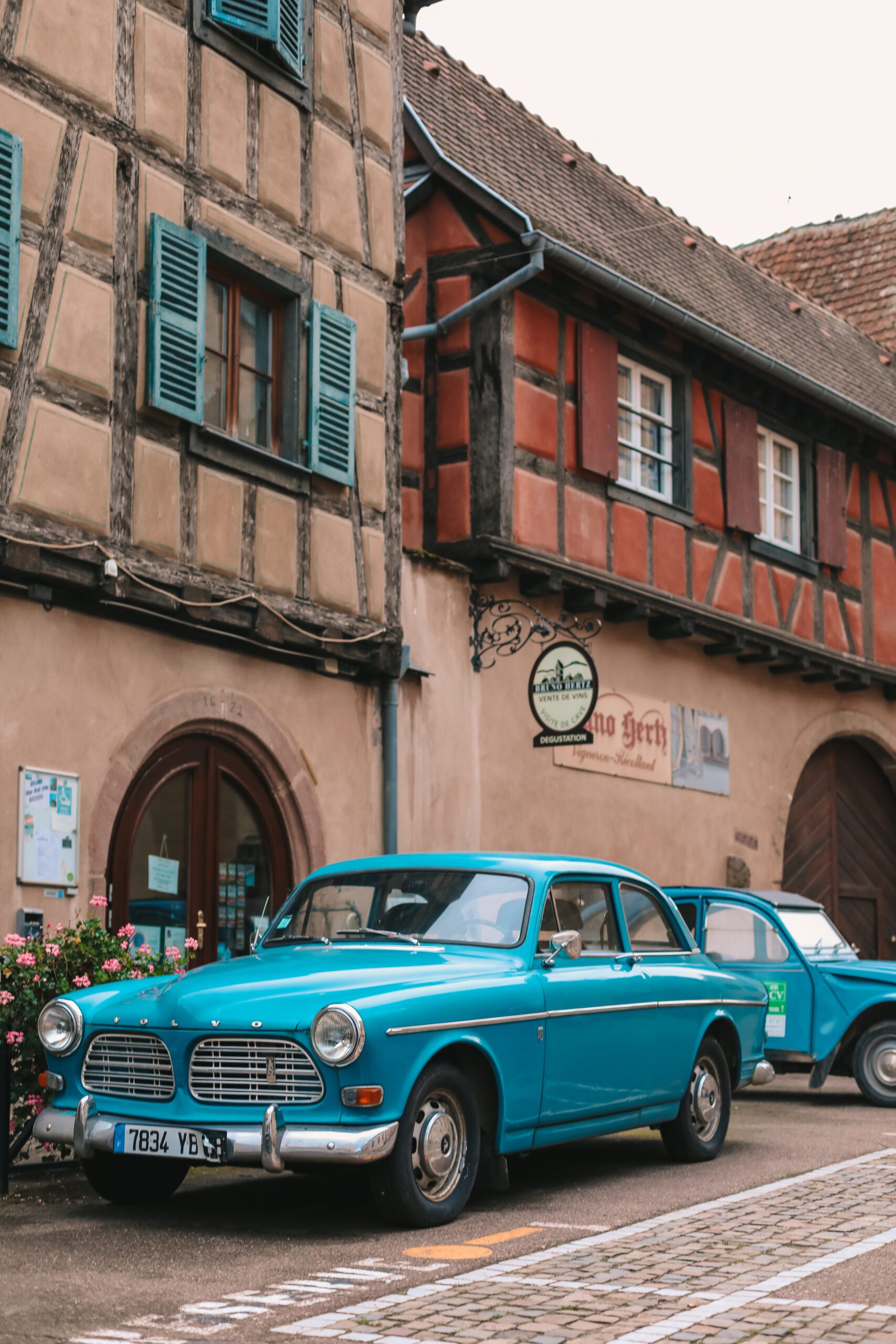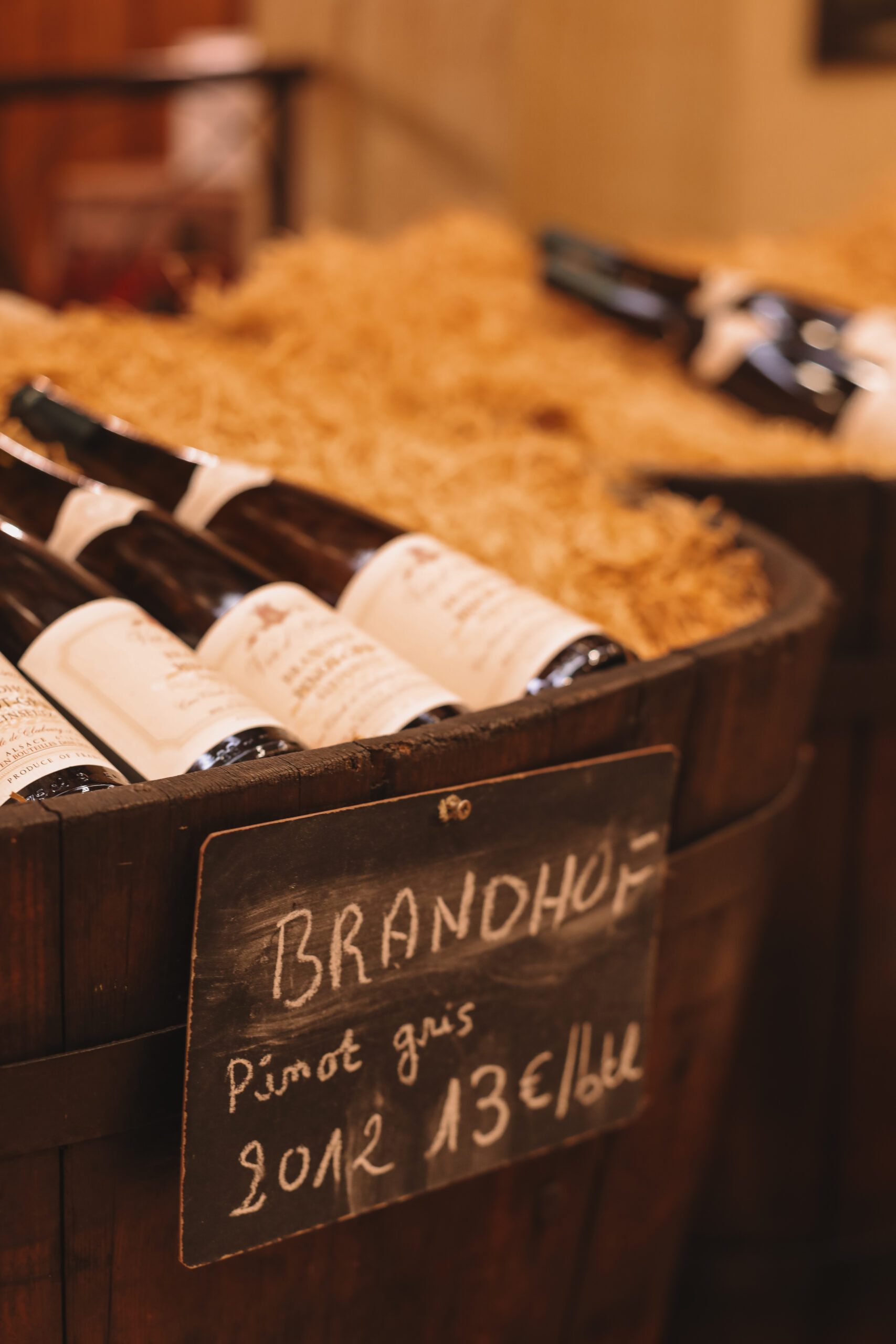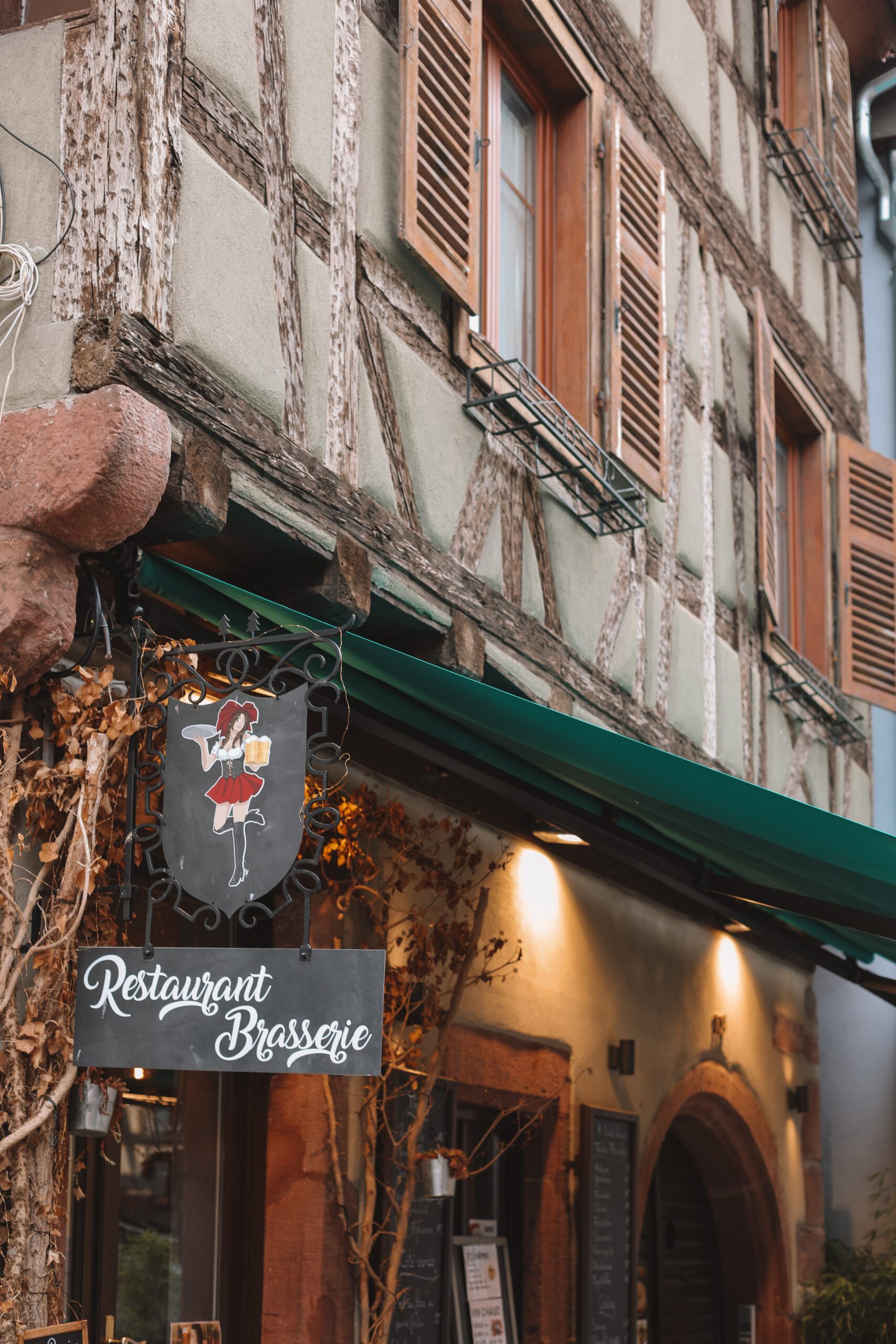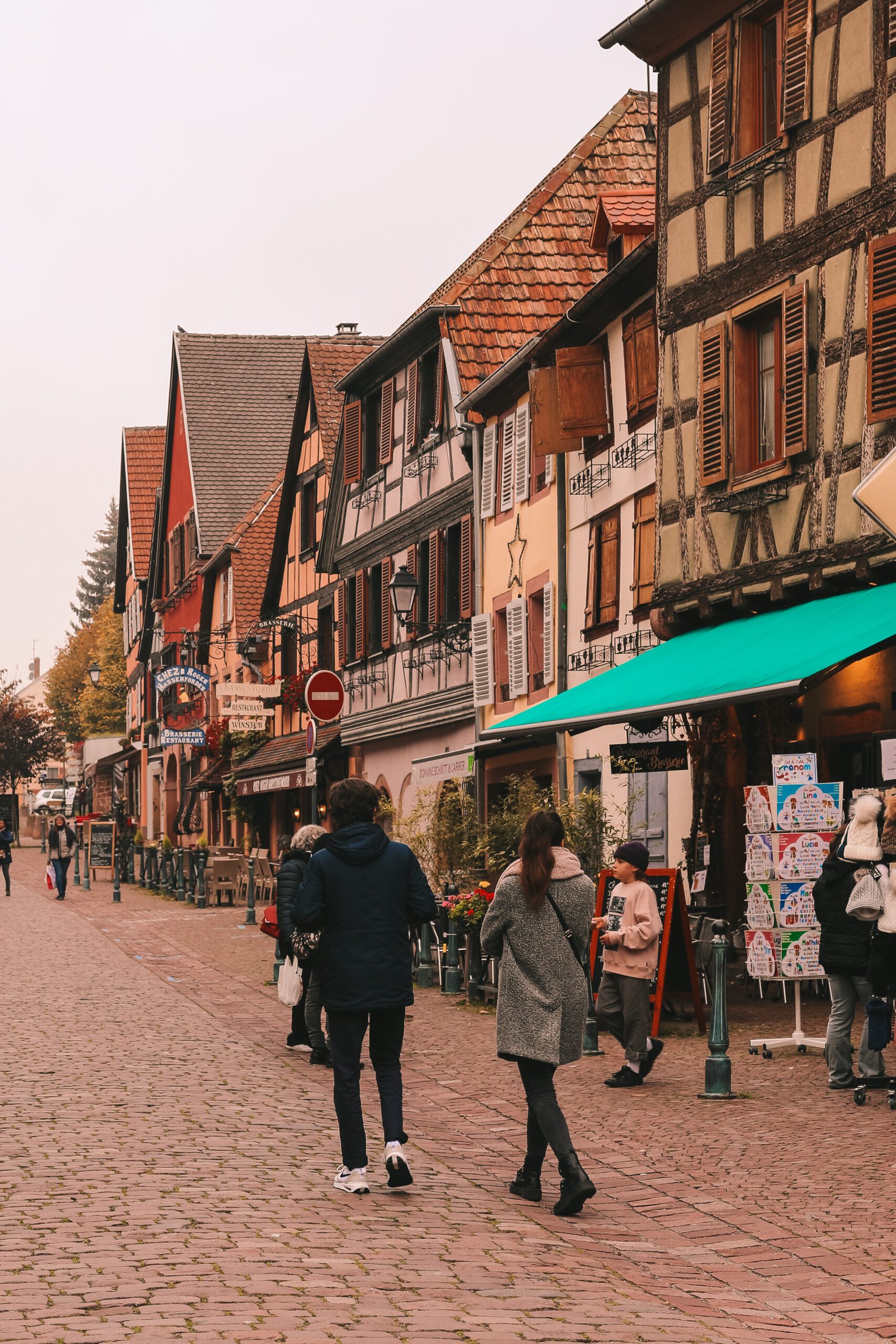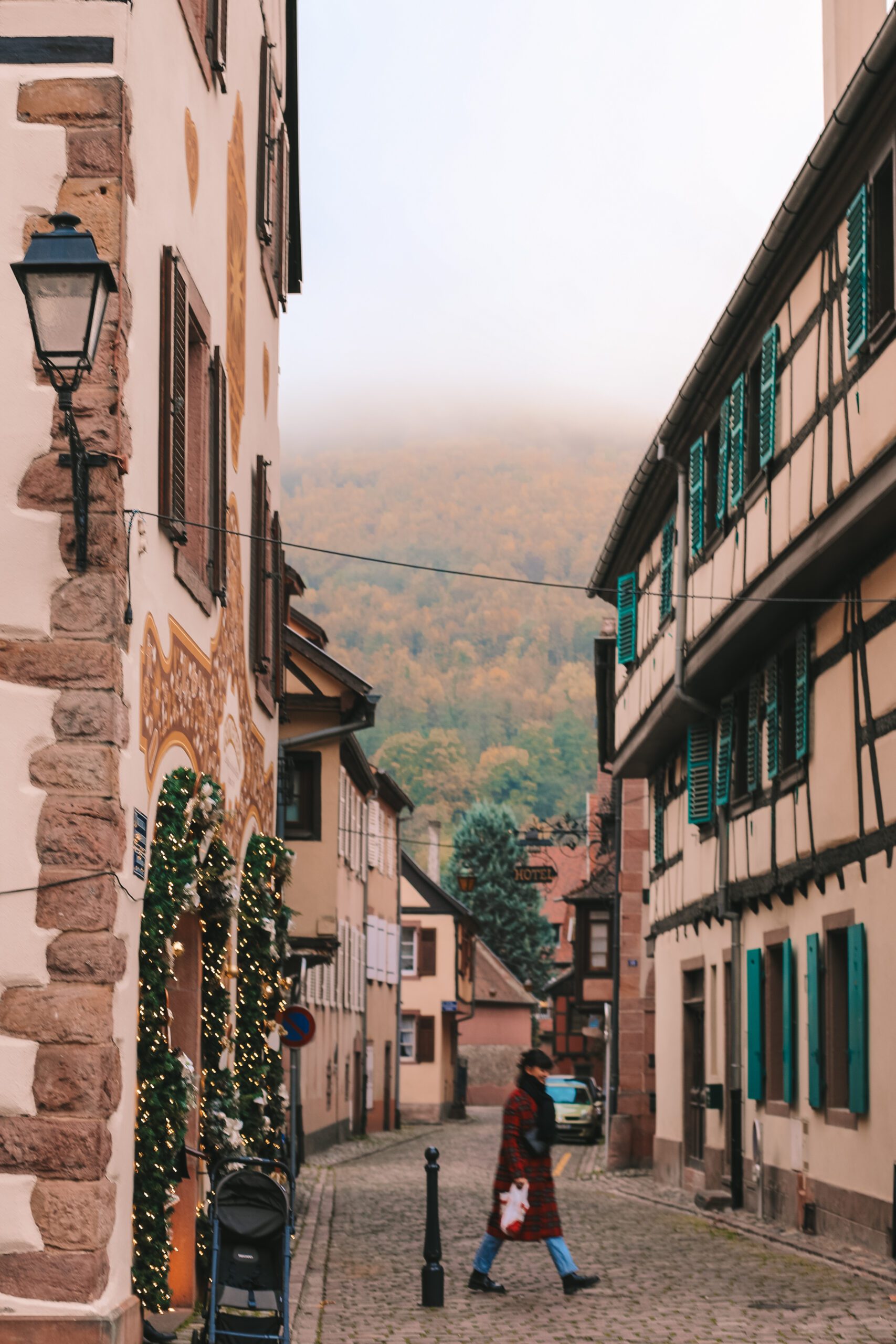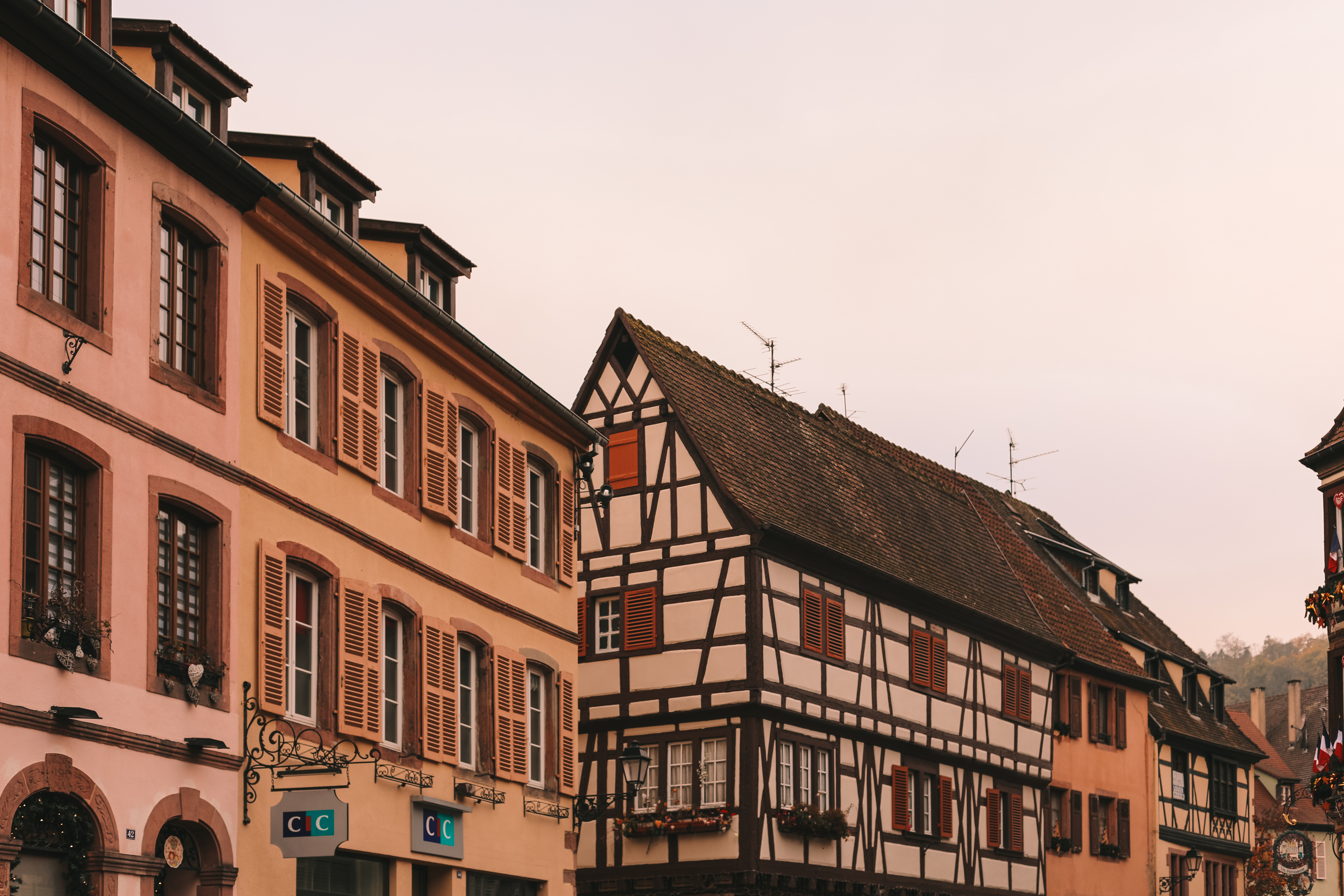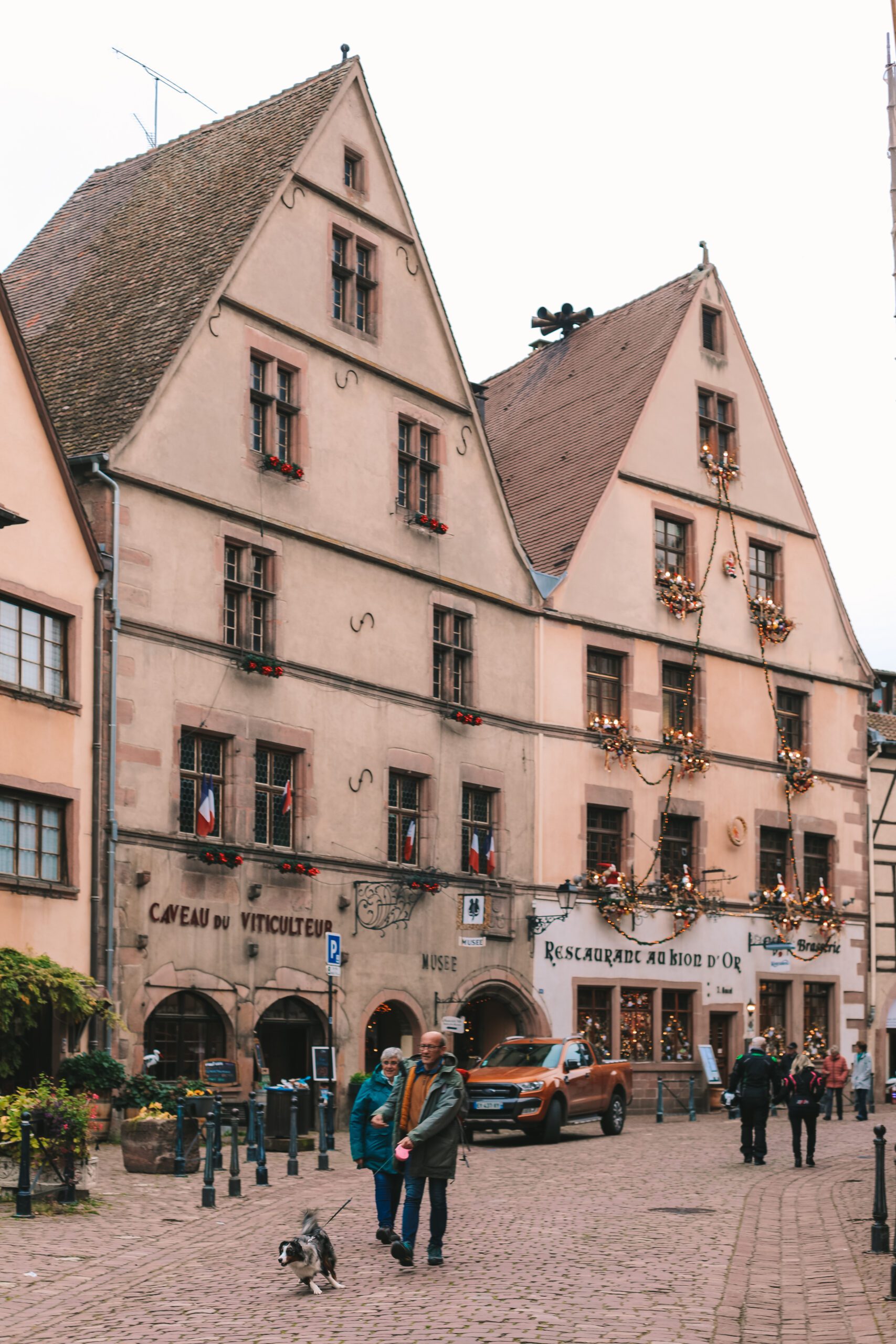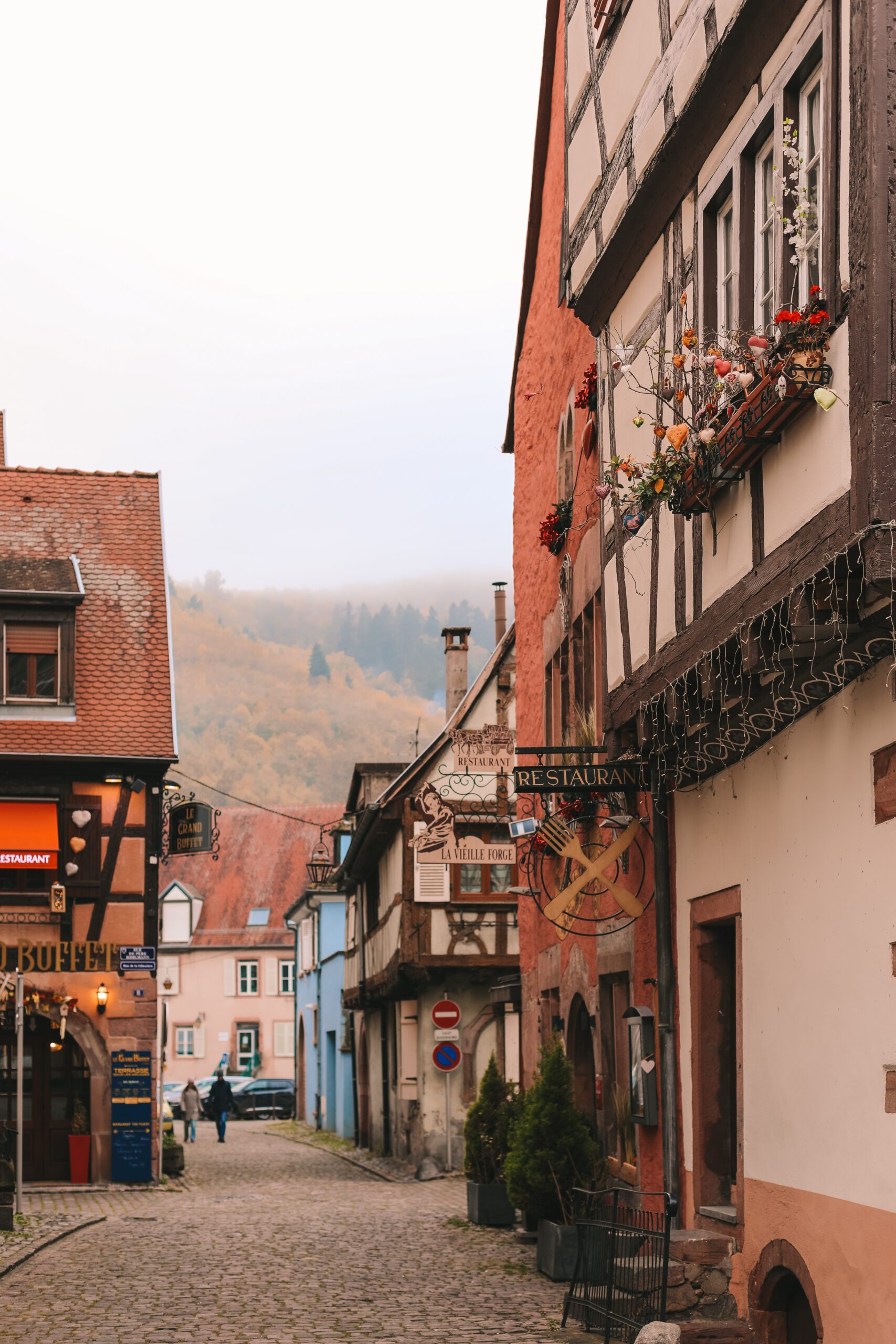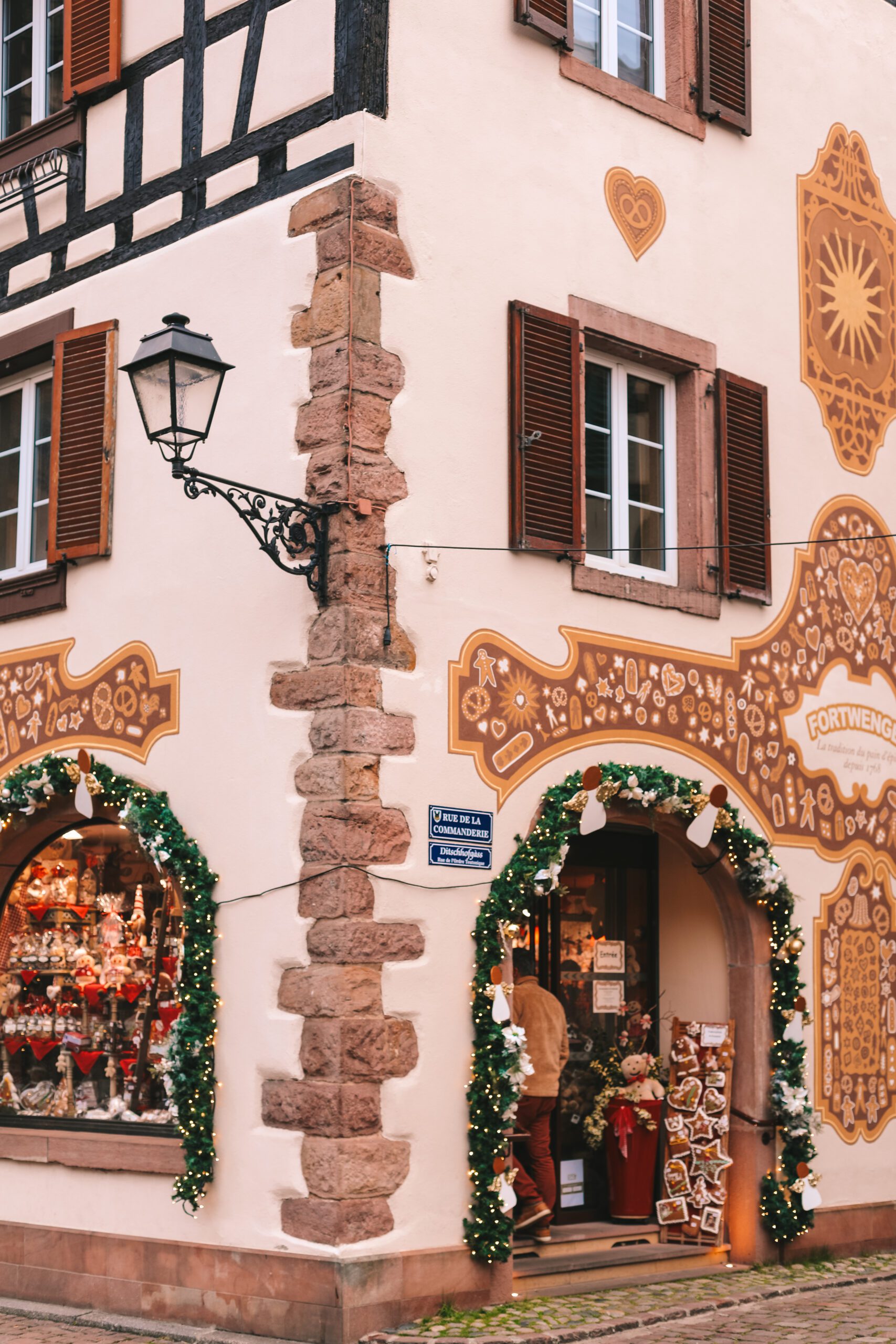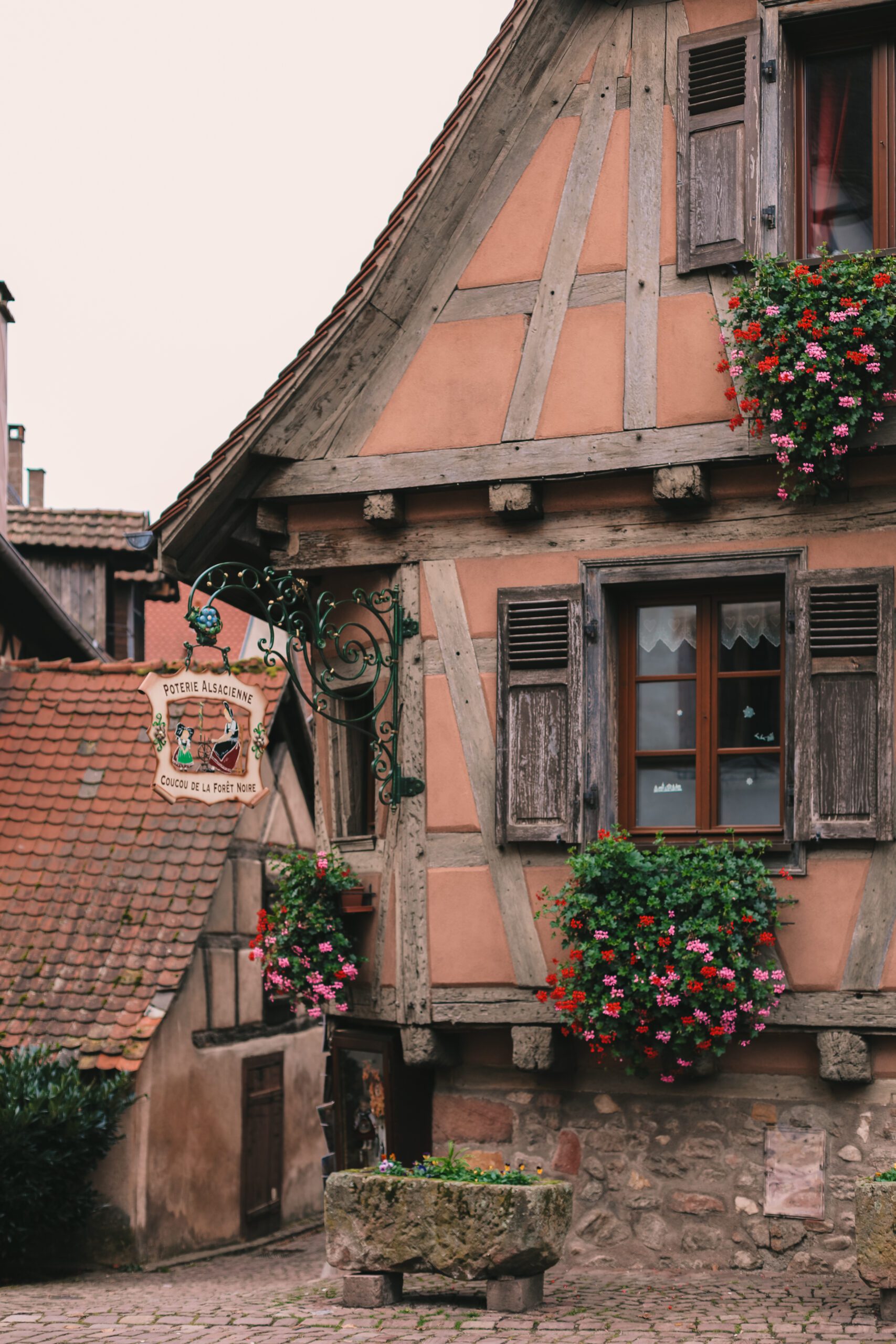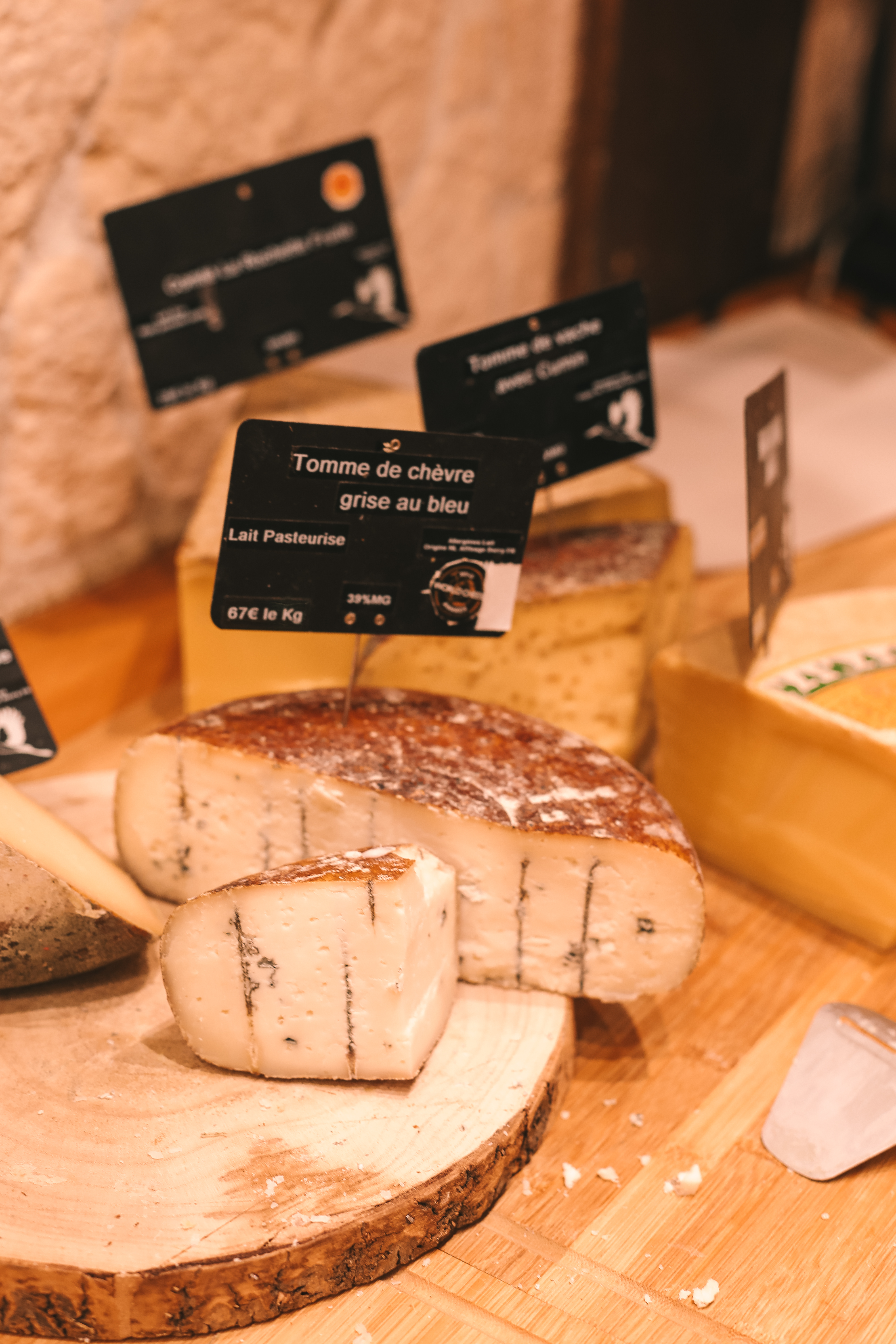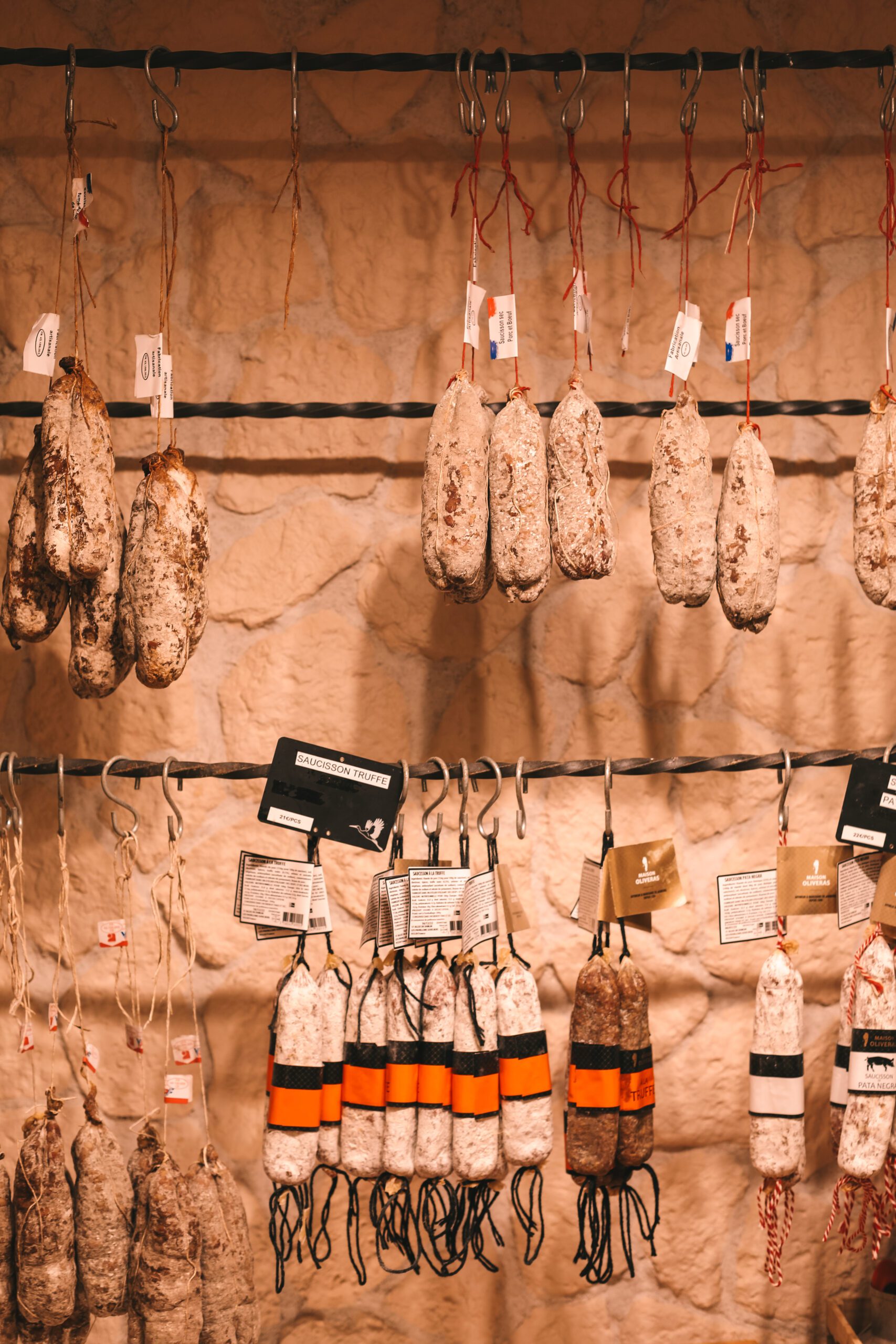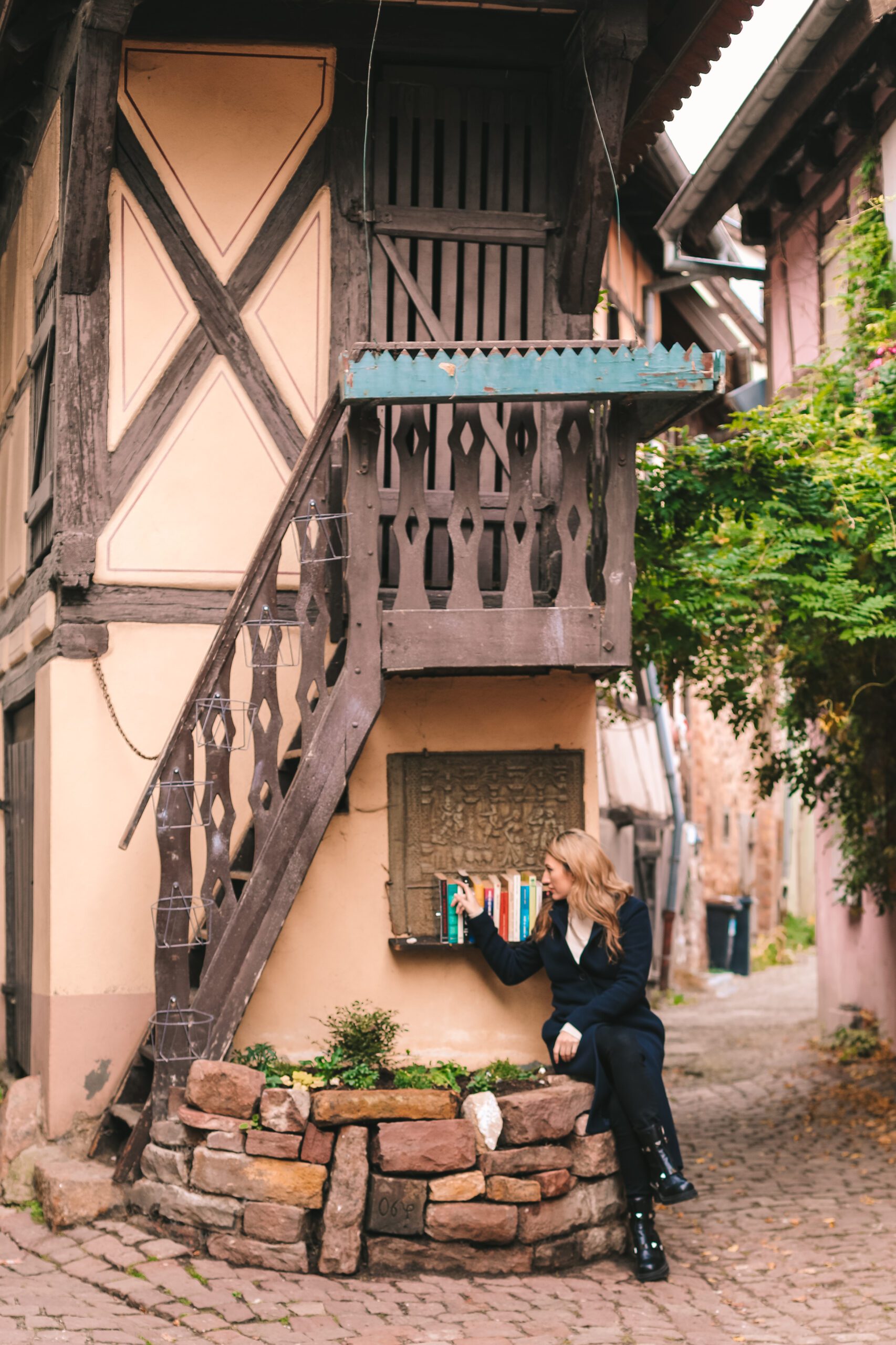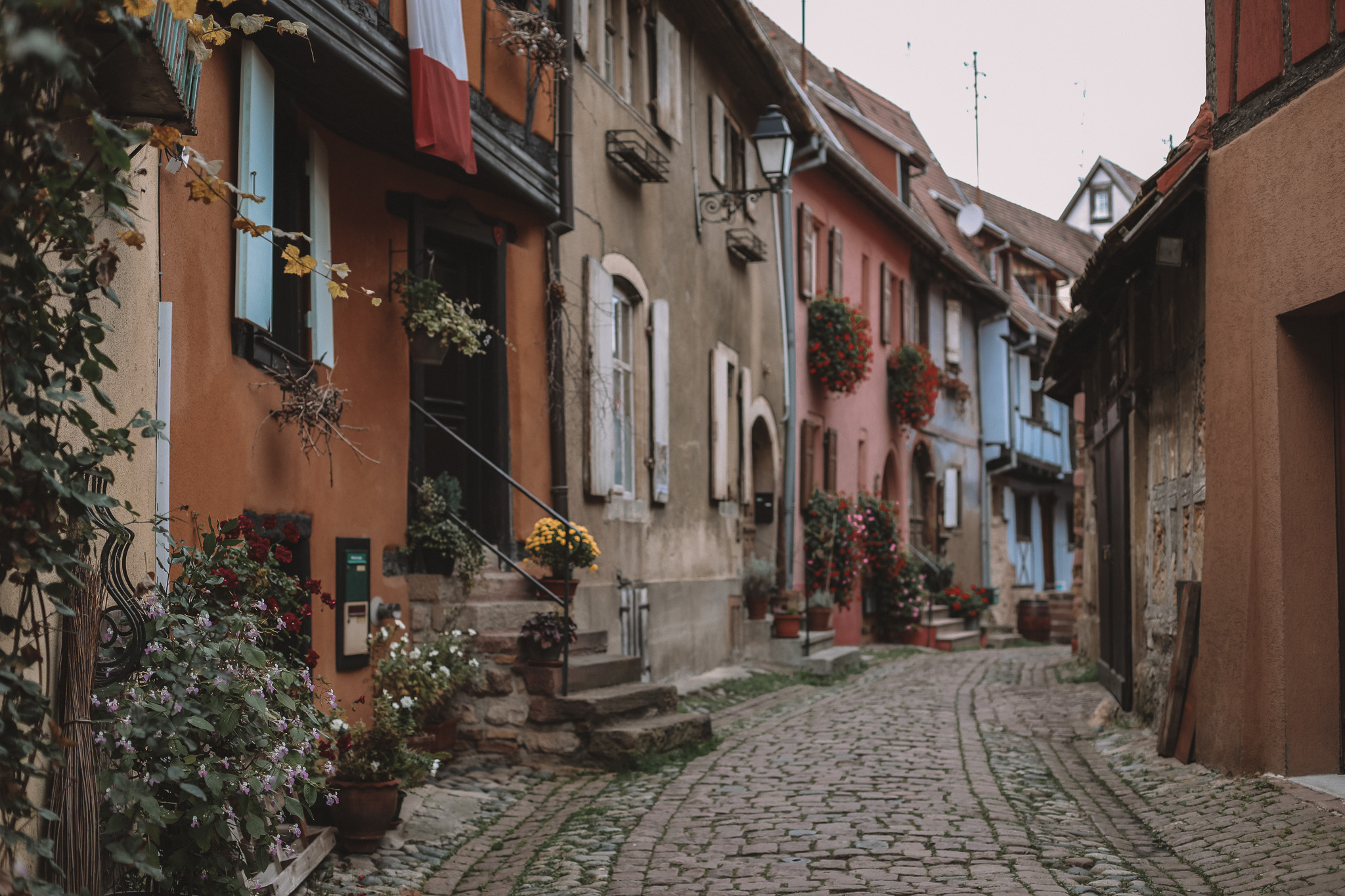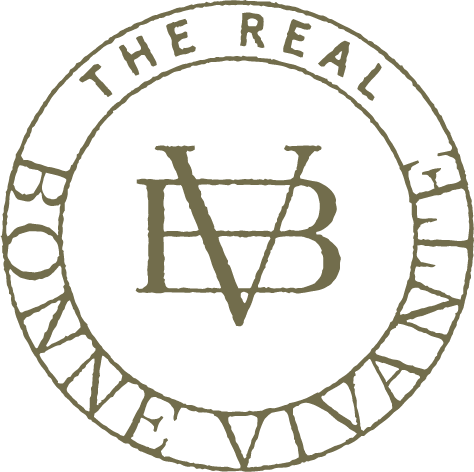Discover the alluring region of Alsace, France, where a rich tapestry of history, culture, and snow-capped mountain landscapes await. With its captivating blend of French and German influences, Alsace invites you to explore its picturesque vineyards, charming villages, and delectable culinary traditions.
When to Visit
The best time to visit Nantucket is undoubtedly during the summer months, from June to August. Nantucket's summer offers the best weather, with warm temperatures and plenty of sunshine, creating the perfect setting for beachgoers and outdoor enthusiasts. The island comes alive with a vibrant energy as visitors and locals alike partake in a myriad of seasonal activities, events, and festivals. From leisurely bike rides along scenic paths to picnics in idyllic spots, Nantucket's summer provides an array of opportunities to immerse yourself in the island's natural beauty and coastal charm.
If you’re visiting during peak season, know that steep peak prices also apply to rentals and hotels. If you’re flexible in your travel plans, consider visiting during shoulder seasons in late spring and early fall for milder temperatures and thinner crowds of tourists — offering a more tranquil and authentic coastal New England experience.
Though we haven’t visited in the winter (yet!), the island offers picturesque landscapes that are ideal for photographers. Nantucket takes on a magical quality with occasional snowfalls, creating stunning postcard-worthy scenes. It's the perfect time for brisk walks along the deserted beaches, where you can enjoy the beauty of the Atlantic Ocean in a raw and untamed state. Many of the island's cozy inns and bed-and-breakfasts offer discounted rates during the winter, providing an excellent opportunity for a more affordable and intimate getaway. Additionally, Nantucket's vibrant local community hosts various off-season events and cultural activities, giving visitors a chance to connect with the island's authentic charm. Whether you're savoring a hot cup of clam chowder by a crackling fireplace or discovering the island's rich history at its museums and historic sites, winter is a great alternative to experience Nantucket that most people have not seen.
The History of Alsace, France
Situated on the eastern border of France, marked by the picturesque Vosges Mountains, this area has a rich and diverse past shaped by its strategic location at the crossroads of French and German civilizations.
Throughout the centuries, Alsace has witnessed a series of transitions, alternating between French and German control, significantly shaping its identity and cultural heritage. The region's history is characterized by its resilience, having withstood numerous conflicts and political upheavals. From the Roman Empire to the Franco-Prussian War and the World Wars, Alsace has experienced a tumultuous past that has profoundly impacted its people and traditions.
Culturally, Alsace showcases a unique fusion of French and German customs, which is evident in its architecture, cuisine, and language. Its distinctive half-timbered houses, charming villages adorned with flower-filled windows, and intricate Gothic cathedrals reflect the influences of both nations. The culinary landscape is equally impressive, with a unique blend of Alsatian, German, and French flavors, offering an array of delectable dishes ranging from warm, hearty stews to delicate pastries.
Today, Alsace stands as a testament to the resilience and vibrant spirit of its people, preserving its rich historical tapestry that is an infusion of both cultures. Its captivating blend of cultures, scenic mountain landscapes, and enduring traditions continue to captivate visitors worldwide. Alsace is known best for the region’s impressive Christmas markets running from November through January each year, the oldest wine route in France, with grapevines dating back to the 10th century, and over twenty Michelin-rated restaurants in the area.
France’s Oldest Wine Route
Winemaking in Alsace began after the arrival of the Romans, sometime during the 2nd century BC. But it wasn’t until about the 12th century that winemaking became a prominent part of Alsatian culture, as it’s known today.
Like its culture, however, winemaking traditions in Alsace have changed over the centuries, typically in response to wars, infestation, and the shifting of French and German rule. The hostile conditions that Alsace endured often were reflected in the production and quality of the wines from the area.
Since World War II, however, Alsace’s reputation as a prominent wine-producing region has found solid ground. After the war, Alsatian rule returned to France, and with this change came an emphasis on producing dry, high-quality wines.
As the quality of Alsatian wines increased, so did the region’s reputation. In 1953, the Alsatian Wine Route was established. Today, Alsace’s historic wine route meanders through picturesque villages, ancient castles, and rolling vineyards. As a landmark trail, travelers can glimpse the immersive experience of the region's winemaking heritage, showcasing the unique blend of French and German influences that have shaped Alsace's viticultural traditions over the centuries.
Read our Alsace Weekend Itinerary for the best wineries and vineyards to visit during your stay.
Dine at Over 20 Michelin-rated restaurants
Alsace boasts a remarkable concentration of Michelin-rated restaurants due to several key factors. The region's rich culinary heritage, deeply rooted in a blend of French and German influences, has contributed to a unique and diverse gastronomic landscape. Renowned for its exceptional local produce, including succulent meats, fresh vegetables, and flavorful cheeses, Alsace provides chefs with an abundant selection of high-quality ingredients to craft innovative and refined dishes.
Furthermore, the area's strong emphasis on preserving traditions while infusing innovation has fostered a culinary landscape that celebrates local flavors with a twist. Many chefs in Alsace are committed to upholding the rich heritage of Alsatian cuisine while infusing their menus with modern interpretations and creative flair, resulting in a vibrant culinary scene that continuously attracts international recognition.
The dedication to culinary craftsmanship, a passion for quality, and an unwavering commitment to culinary artistry have all contributed to the flourishing presence of Michelin-rated restaurants in Alsace, making it a prominent destination for food enthusiasts and connoisseurs seeking exceptional dining experiences.
Read our Alsace Weekend Itinerary for the best restaurants to visit during your stay.
The Infamous Alsatian Christmas Markets
The Christmas markets in Alsace are globally renowned for their traditional festivities, attracting visitors worldwide. These markets are a cherished part of the region's cultural heritage and offer a delightful glimpse into the holiday spirit of Alsace.
The Christmas markets are held in the heart of historic towns such as Strasbourg, Colmar, and Mulhouse, as well as in smaller villages throughout the region. Decorated with twinkling lights, Christmas decorations, and the aroma of mulled wine and gingerbread, these markets create a magical atmosphere that captivates locals and tourists alike.
Visitors can browse through charming wooden chalets adorned with artisanal crafts, handcrafted gifts, and local delicacies, making them ideal places to find unique souvenirs and Christmas presents. Traditional Alsatian specialties, including spiced biscuits, roasted chestnuts, and mulled wine, can be found around every corner.
Moreover, the markets often feature live performances of Alsatian folk music and entertainment for all ages, creating a joyful and vibrant atmosphere that epitomizes the holiday season.
Getting Around in Alsace, France
To get to Alsace, France, you have several options depending on your starting point and preferred mode of transportation:
By Air: The nearest major airport is EuroAirport Basel-Mulhouse-Freiburg (BSL / MLH / LFSB), well-connected to several major European cities and beyond. From there, you can rent a car or take a train to reach your destination in Alsace.
By Train: The French railway network, operated by SNCF, provides convenient access to Alsace. The central train stations in the region include Strasbourg, Colmar, and Mulhouse, which are well-connected to other cities in France and neighboring countries. We took the train from Paris to Strasbourg, which was so easy! We brought our laptops and kicked back for a few hours working.
By Car: Once you arrive, consider renting a car. We used Hertz in Strasbourg, conveniently located next to the train station. Book your car rental in advance, particularly if traveling during high season. Our trip to Alsace was spontaneous, and we arrived without a car rental reservation. Luckily, we arrived in the morning, and there was only one car left that was available (but also needed to be cleaned!). We ended up paying top dollar for it, too. Alternatively, you can rent a car from your home city and drive into Alsace. It will take longer than the train, and you must plan accordingly for snowy conditions.
By Bus: Several long-distance bus companies operate routes to major towns in Alsace, providing an affordable and comfortable travel option for those coming from nearby cities.
By Electric Bicycle: Once you’re in Alsace, you’ll quickly see that electric bicycles are popular. The region has well-marked cycling routes and offers stunning views of vineyards, rolling hills, and quaint villages. It is important to remember that as the months get colder, so will your bike ride! You cannot ride a bike in the city center with pedestrians walking throughout the streets for safety reasons.
Where to Stay in Alsace, France
When visiting Alsace, France, several charming accommodation options cater to various preferences and budgets. From cozy bed and breakfasts to luxury hotels to quaint Airbnbs, the region offers a range of accommodations that capture the essence of Alsace. Here are some recommendations for where to stay in Alsace:
La Maison des Têtes - Colmar: A historic hotel with a unique blend of medieval charm and modern amenities located in the heart of Colmar.
Hôtel Les Haras - Strasbourg: A stylish boutique hotel housed in a former 18th-century royal stud farm, offering a contemporary stay in the vibrant city of Strasbourg.
Hôtel Le Colombier - Obernai: A picturesque hotel set in a traditional half-timbered building, providing an authentic Alsatian experience in the charming town of Obernai.
Château d'Isenbourg - Rouffach: A luxurious castle hotel surrounded by vineyards, offering breathtaking views of the Alsace countryside and an indulgent stay.
Hôtel Restaurant Le Parc - Thann: A refined hotel with a Michelin-starred restaurant nestled amidst the serene landscapes of Thann, providing a tranquil and elegant retreat.
Airbnb: We stayed in a charming traditional Alsatian Airbnb in the center of Kayersberg. While it wasn't our usual "look", it was a great spot to drop our bags and get some rest for the weekend.
In conclusion, the enchanting region of Alsace stands as a testament to the fusion of French and German cultures, offering visitors an unforgettable experience steeped in history, culinary delights, and picturesque landscapes. Whether exploring the winding streets of charming villages, savoring the region's world-renowned wines, or immersing oneself in the vibrant local traditions, Alsace is a destination that lingers in the heart long after the journey ends. Embrace the warmth of its people, indulge in its rich culinary offerings, and let the magic of Alsace unfold before you, creating memories that will last a lifetime.
Planning your first trip to Alsace? Check out our Alsace Weekend Itinerary with insider tips and intel for planning your trip to this unique French destination.
This post may be sponsored or contain affiliate links, which means I receive a small commission, at no cost to you, if you make a purchase through a link.
Share this story
